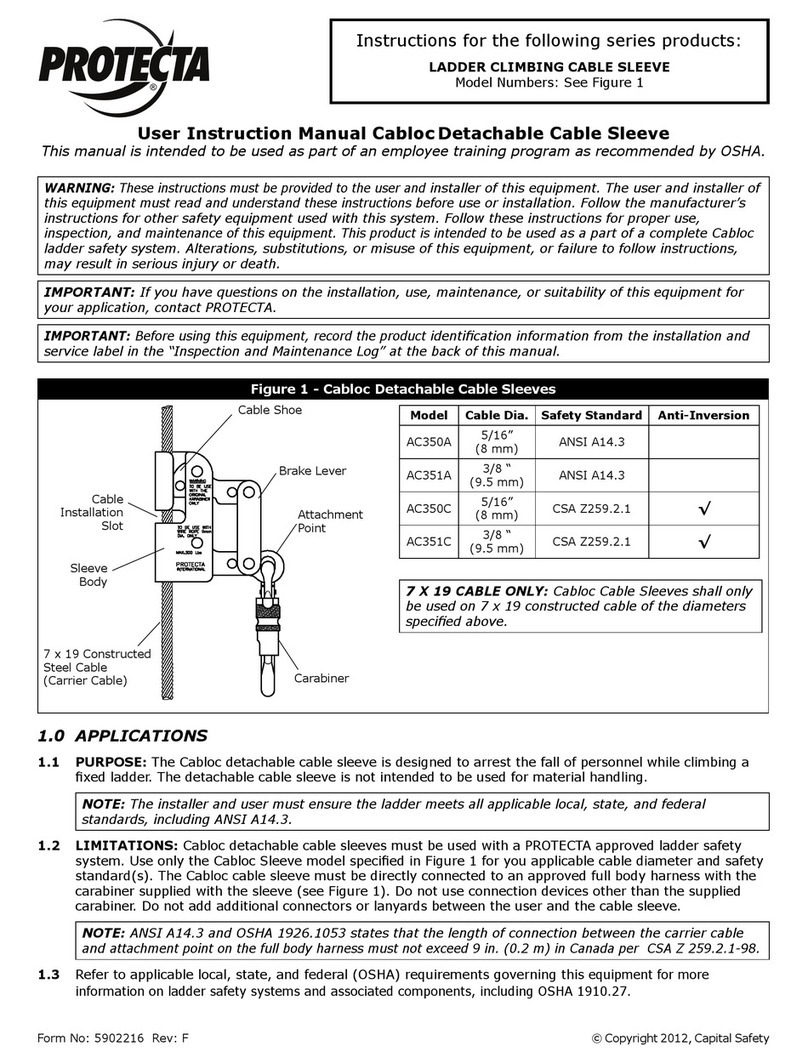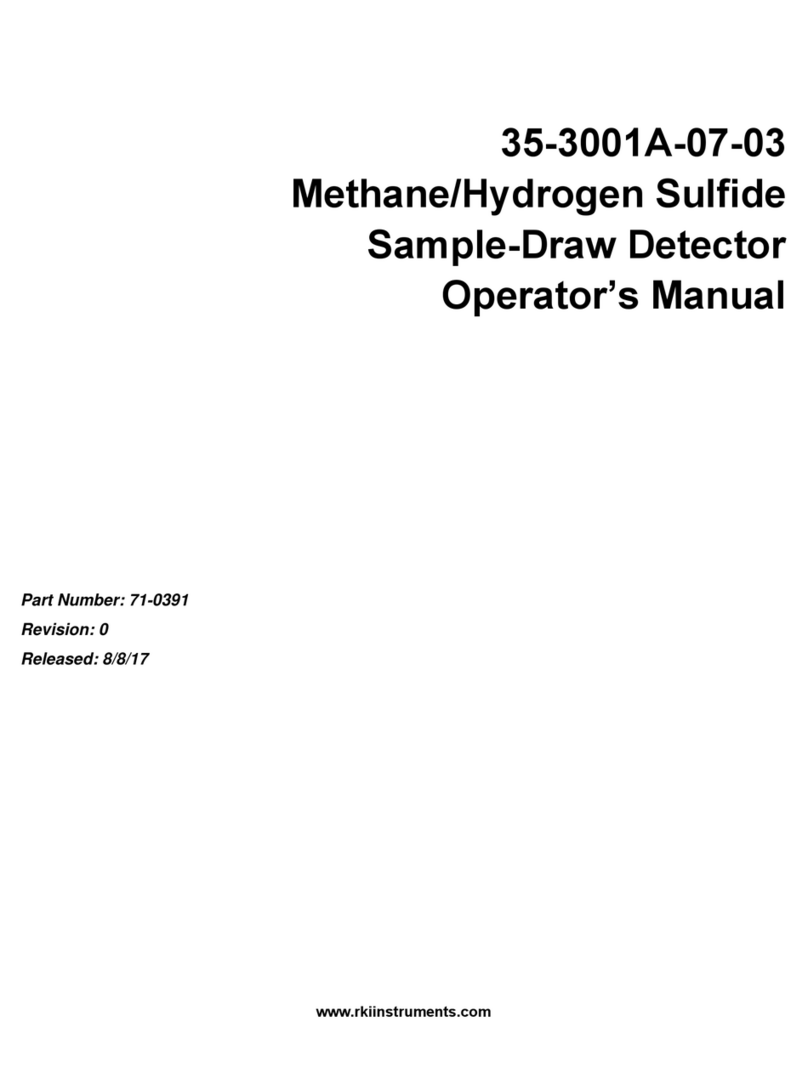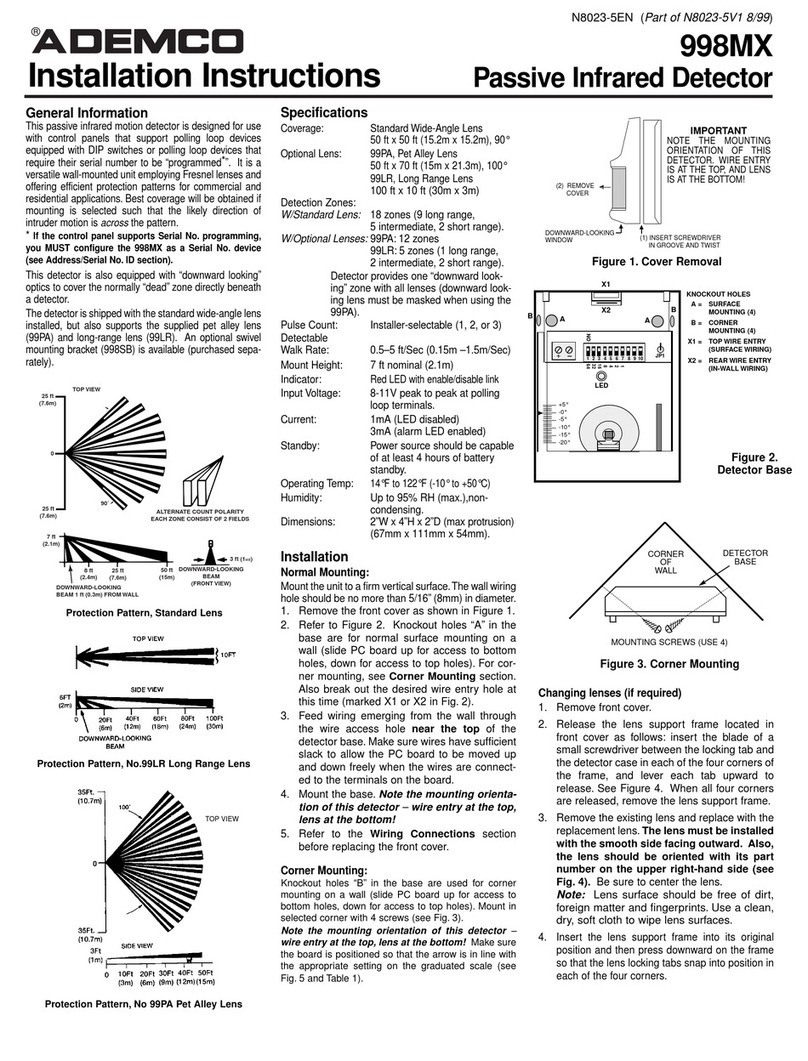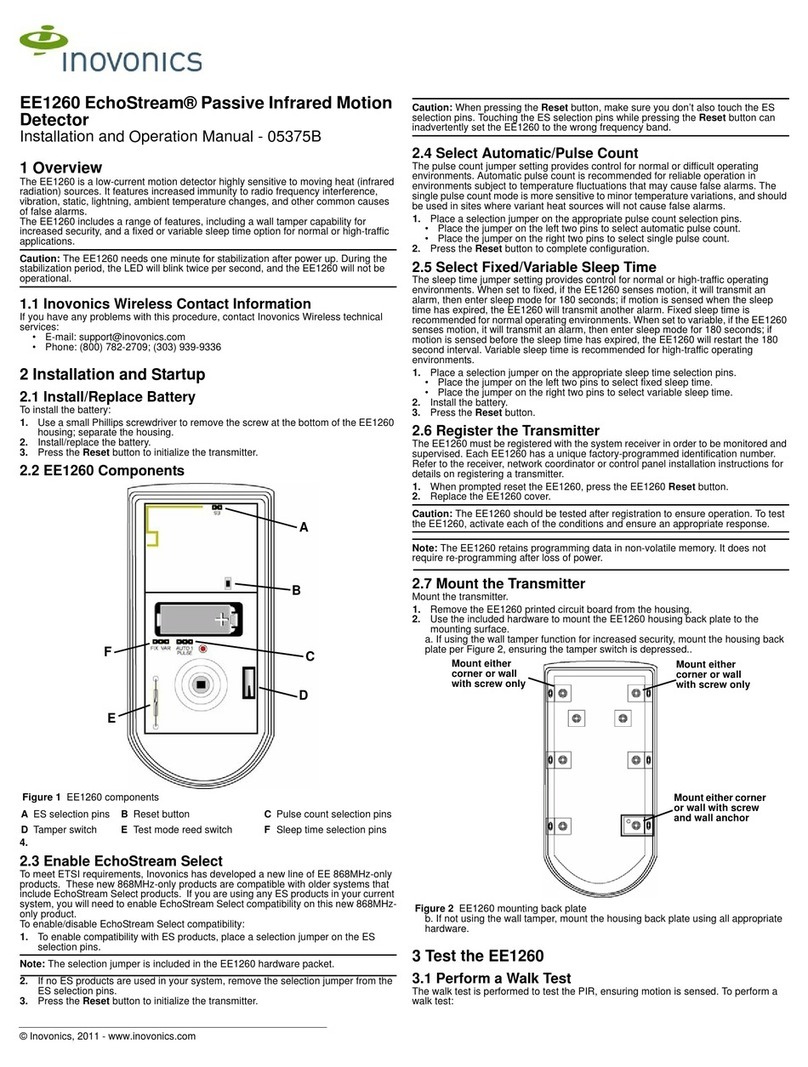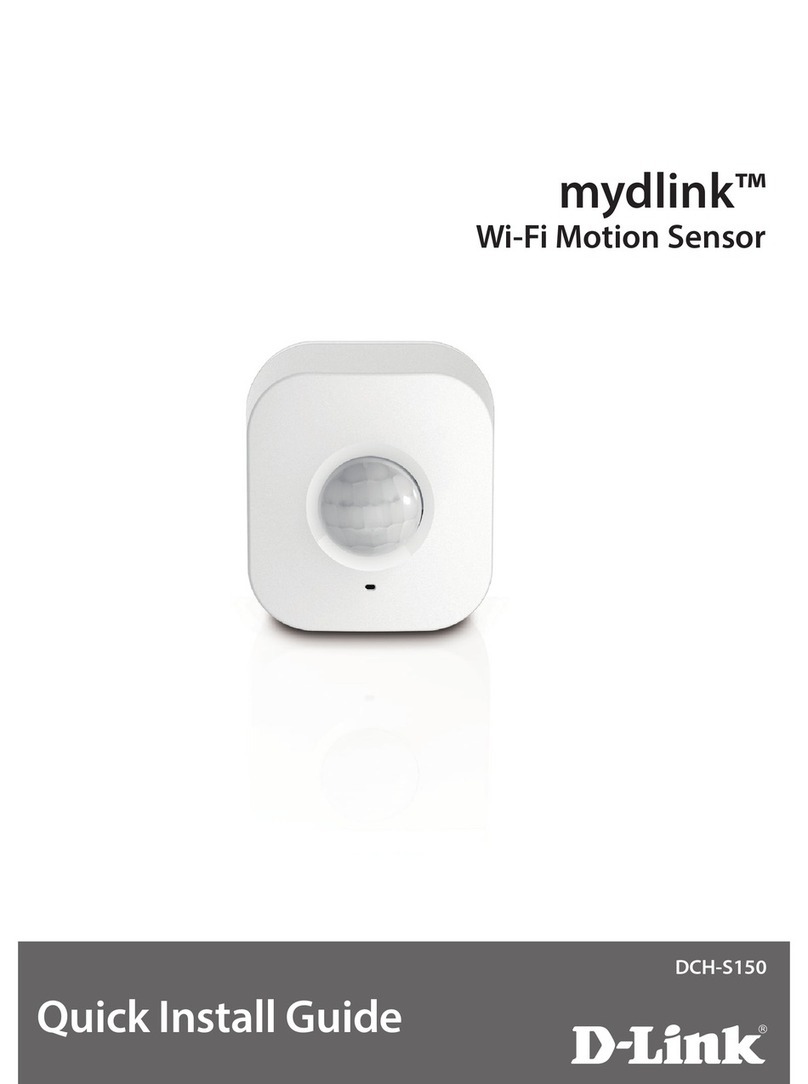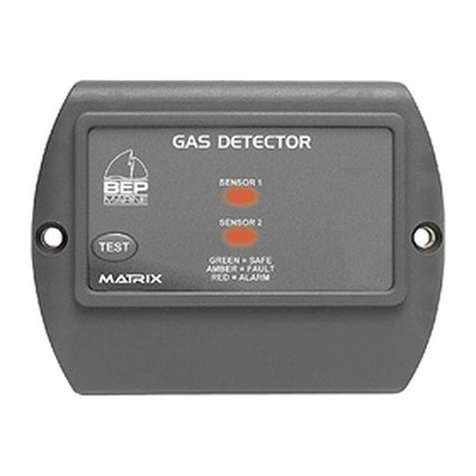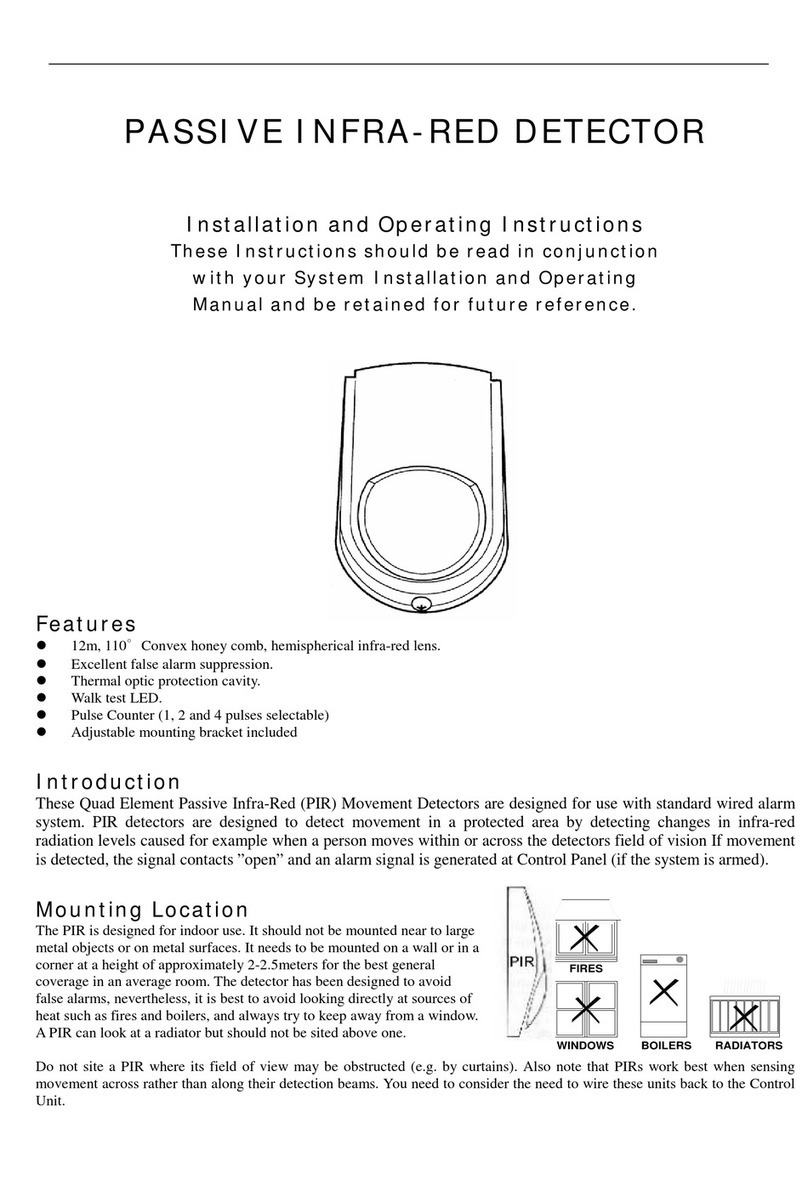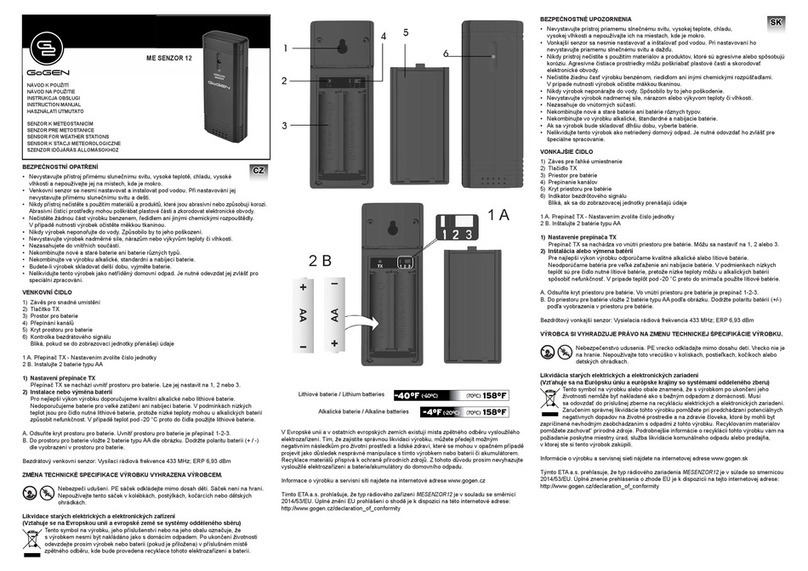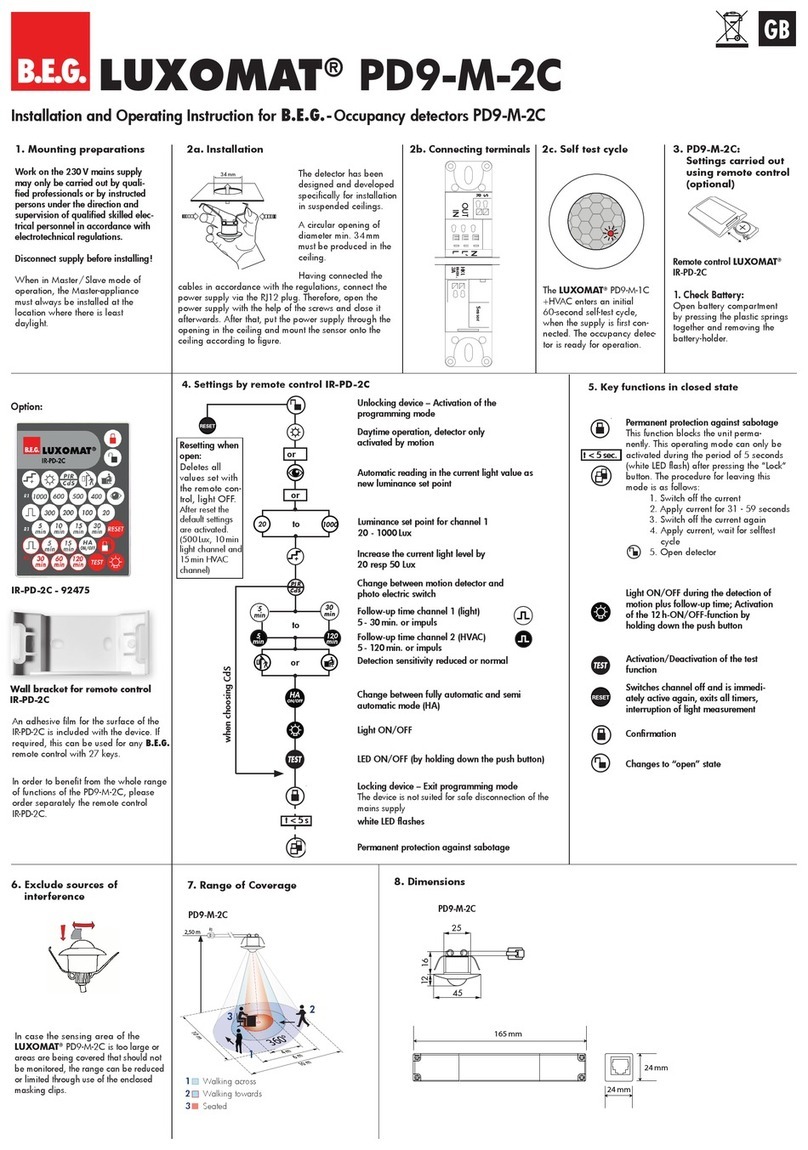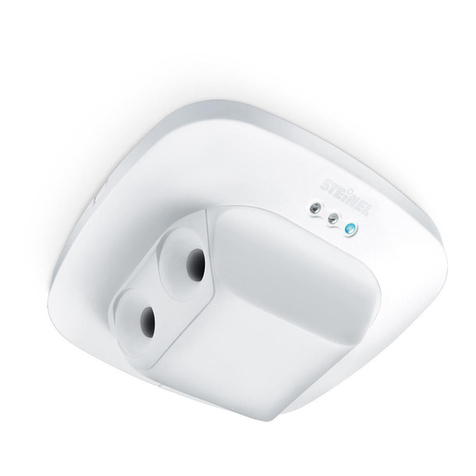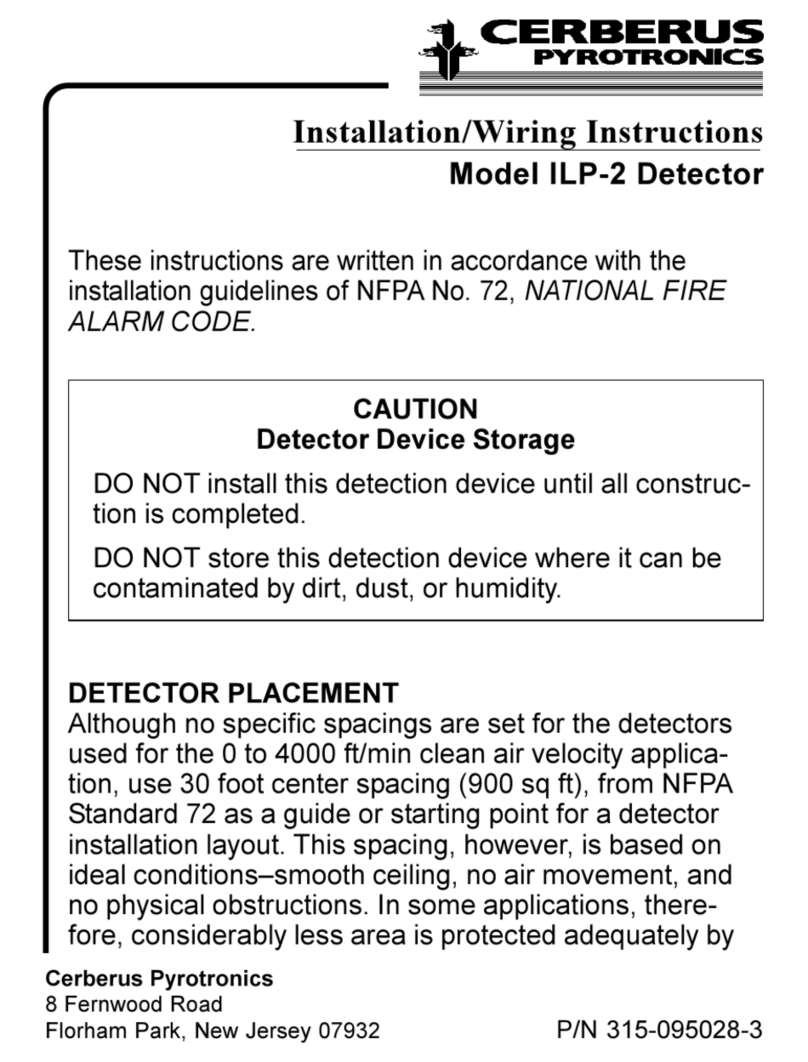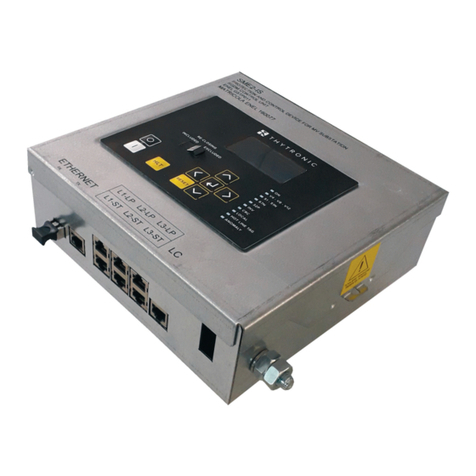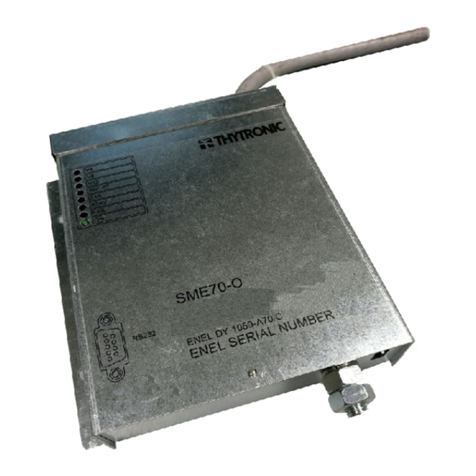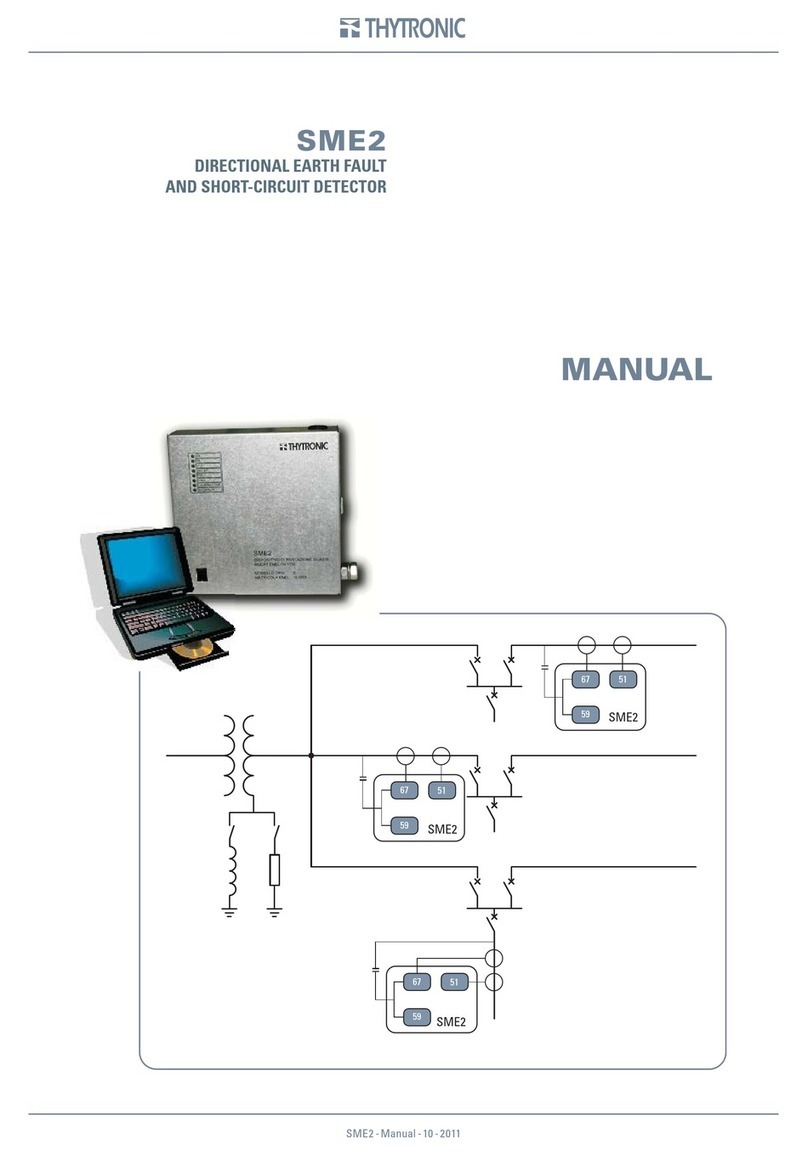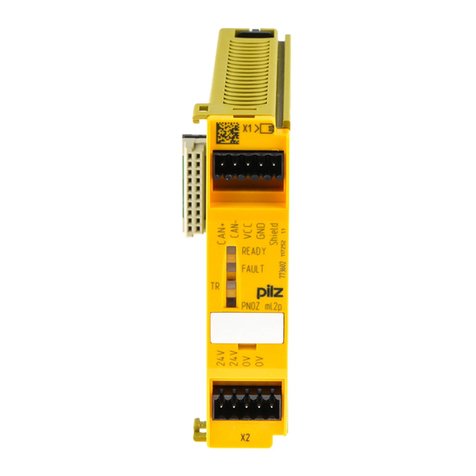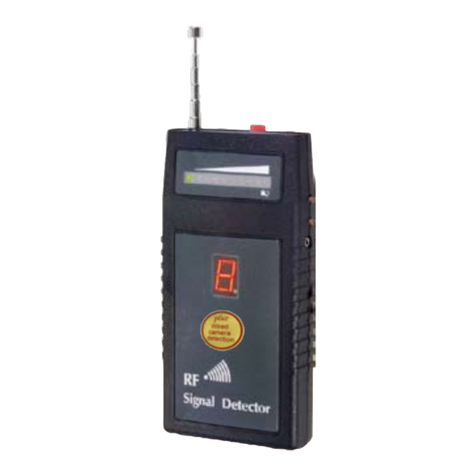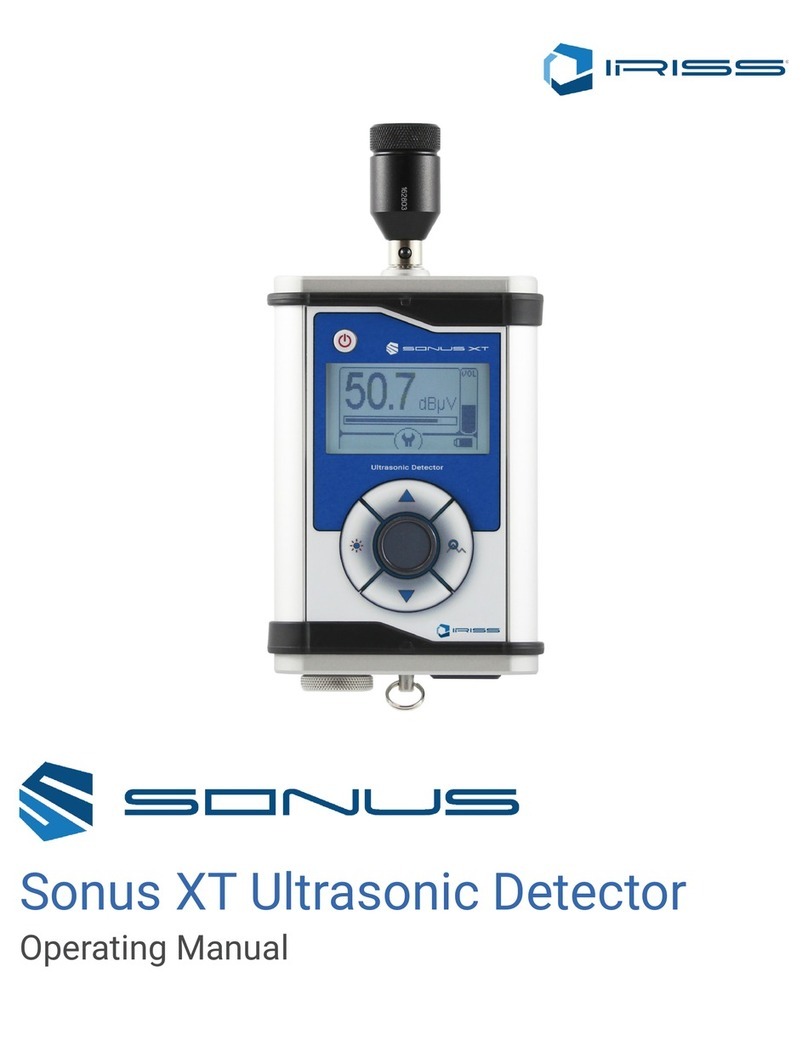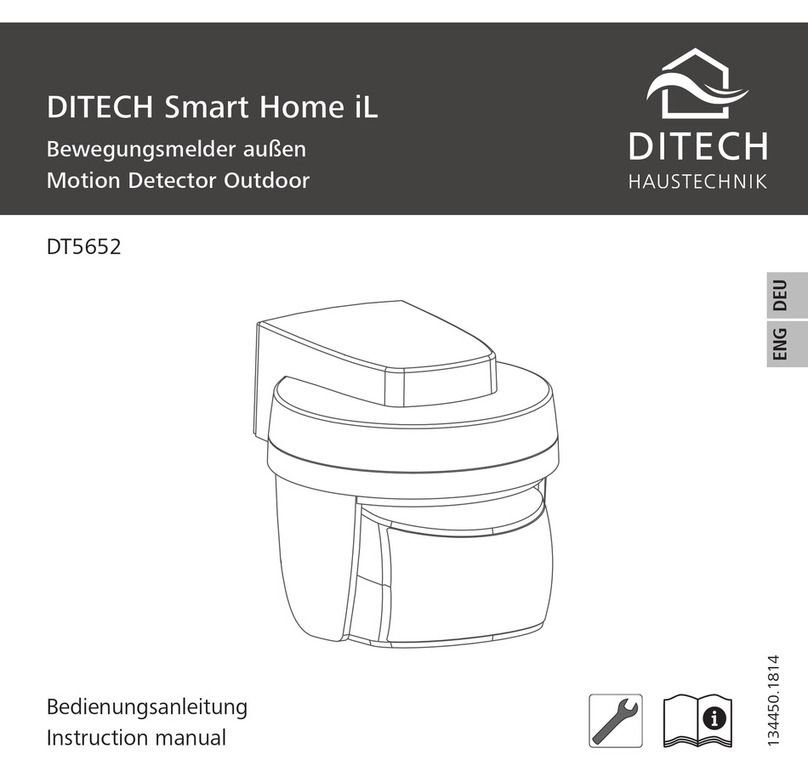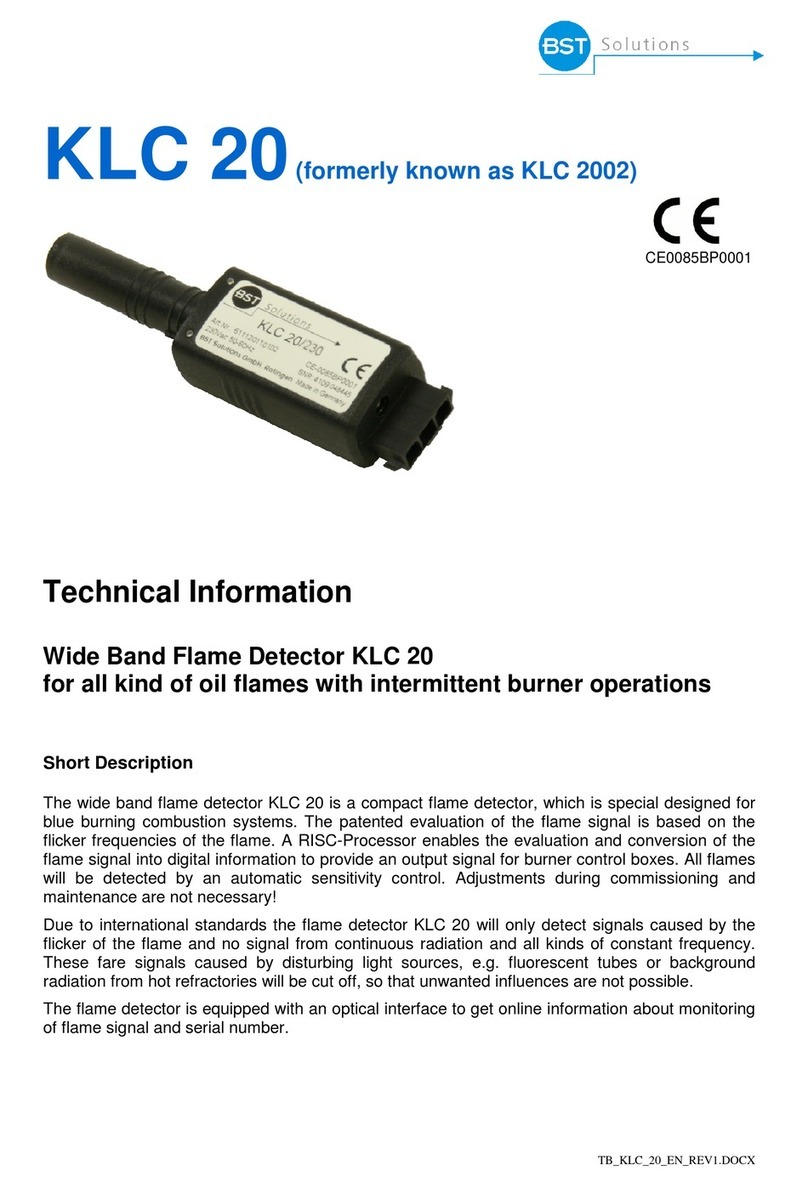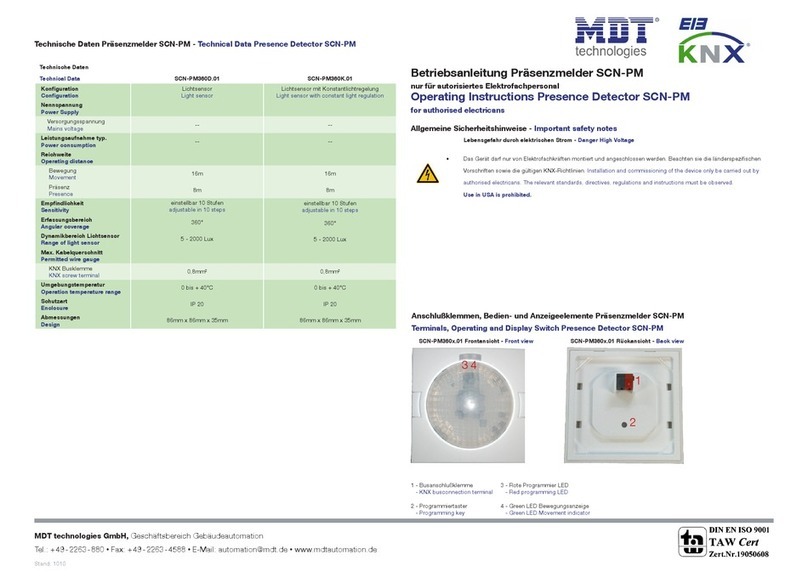
5
SME70, SME70-C, SME70-M-Manual-04-2020
Double earth single-phase
or phase-phase (short circuit)
fault detection function (51)
SME70-C, SME70-M ONLY
• The phase currents are measured and fault indication is provided when current in at least one
phase exceeds the set threshold a:
• 100...900 A for multi-phase faults (51)
• 50...200 A for double earth-phase faults (51N).
The fault signal (TS51A) is provided to the remote control unit by the closing of a contact connected
to terminal 2 of the MB terminal board.
Residual voltage detection
function (59V0)
FULL SME70 INDOOR FAMILY
The residual voltage is calculate from the three phases voltages; when the voltage value overcomes
the threshold the TS67AV information is provided to the remote control unit by the closing a contact
connected to terminal 5 of the MB terminal board.
Negative sequence overvoltage
(59Vi)
FULL SME70 INDOOR FAMILY
The negative sequence voltage is calculate from the three phases voltages; when the voltage value
overcomes the threshold the TS67AV information is provided to the remote control unit by the closing
a contact connected to terminal 5 of the MB terminal board.
Positive sequence overvoltage
(59Vd)
FULL SME70 INDOOR FAMILY
The positive sequence voltage is calculate from the three phases voltages; when the voltage value
overcomes the threshold the TS67AV information is provided to the remote control unit by the closing
a contact connected to terminal 5 of the MB terminal board.
Endesa Functionality
SME70-C, SME70-M ONLY
SME70 permit, setting in \Set\Base\Mode the endesa mode. to enable Endesa functionality. In this
mode:
• The command of the 51 relay is issued only when, after tripping of thresholds 51,51N or 67NS2, the
condition of “Voltage Absent” is detected within a certain time (T1, programmable in \Set\Endesa,
default setting: 0,5 s)
• The command of 67 relay is issued only when, after triping of thresholds 67NS1. the condition of
“Voltage Absent” is detected within a certain time (T1, programmable in \Set\Endesa, default set-
ting: 0,5 s)
• The return to quiescent mode of 51 and 67 relays occour when “Voltage Presence” condition is
detected and hold to a certain time (T2, programmable in \Set\Endesa, default setting: 10s)
• If there is no return of power within a certain time (T23 programmable in \Set\Endesa, default set-
ting: 4 hours), outputs contacts 51 and 67 return to quiescent status anyway.
According to this description of the Endesa Functionality, LED 51 and 67 must follow the state of re-
spective relay and event logging also records the issuance of command to relay 51 and 67, in addition
to tripping of various thresholds.
Voltage presence
FULL SME70 INDOOR FAMILY
The three phases voltages are measured; when at least one voltage value is higher than 80% of the
rated voltage the information (TSV) is provided to the remote control unit by the closing of a contact
connected to terminal 3 of the MB terminal board.
Current converter
SME70-C, SME70-M ONLY
The SME70 device is provided with an impressed current analogue output for sending the phase cur-
rent measure to the remote control unit. Signal 4...20 mA is available for transfer to the remote control
unit on terminals 4 (M1 connected to the positive auxiliary power) and 7 (M2 of terminal board MB).
The rated primary current is adjustable inside the 100...1000 A range with 100 A step.
Output relay commissioning
• TS51A relay: phase fault (double single-phase earth fault),
• TS67AV relay: directional earth fault - line side (with inversion command disabled),
• TSV relay: voltage presence indication.
The TS51A and TS 67AV output relays trip with faults that cause the circuit breaker open as for
transient faults. The relays can be programmed with normally energized or de-energized mode (logic
ENERGIZED / DE-ENERGIZED). The state of the relay is maintained for the duration of the fault and
for a minimum of 150 ms.
LED indicators management
SME70 INDOOR FAMILY devices are provided with 8 indicator LEDs:
• 3 green LEDs indicating that V4, V8, V12 phase voltages are ON,
• 1 white LED indicating the direction reversal for the directional earth protection,
• 1 orange LED indicating the multiphase, residual current or double single-phase function trip




















